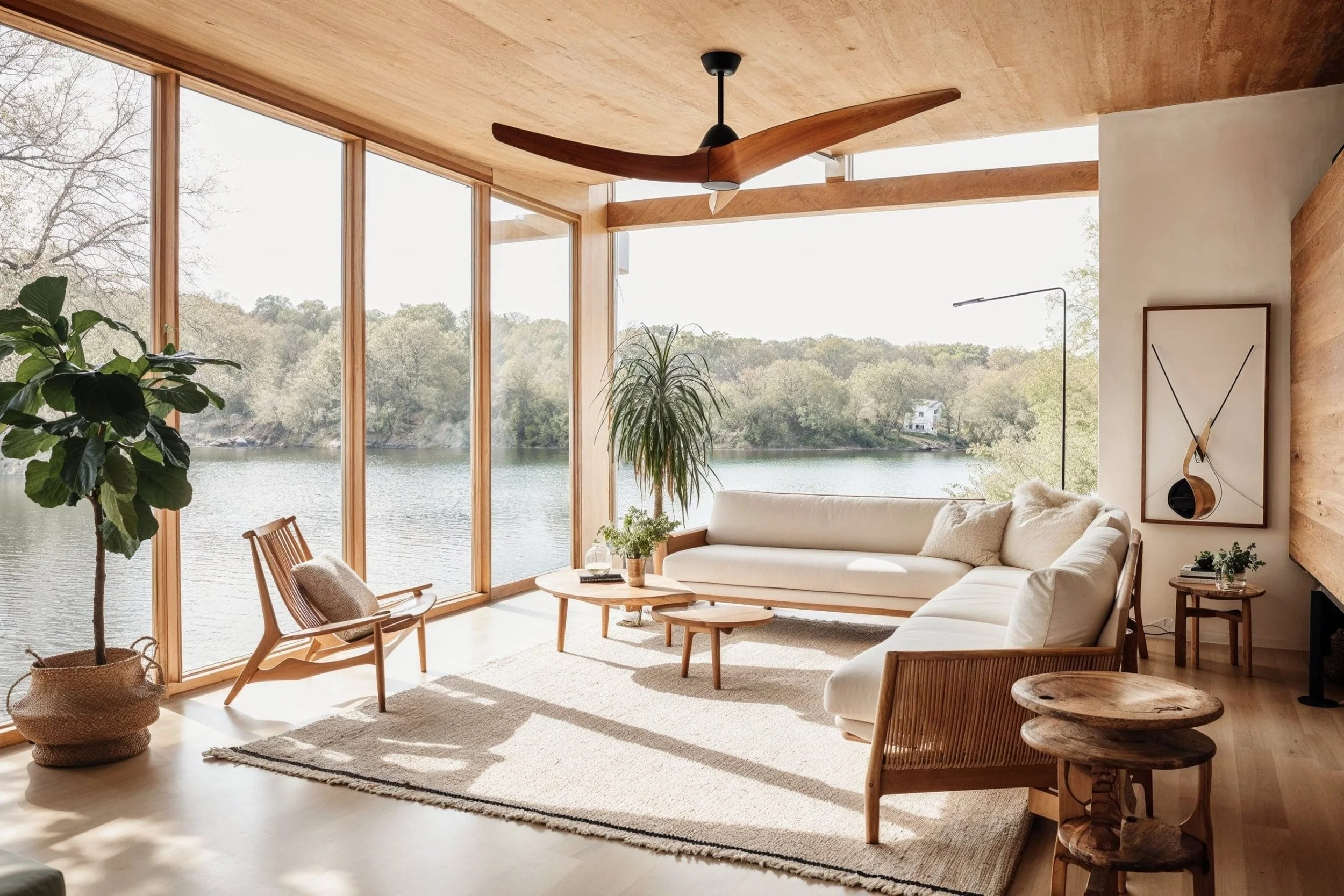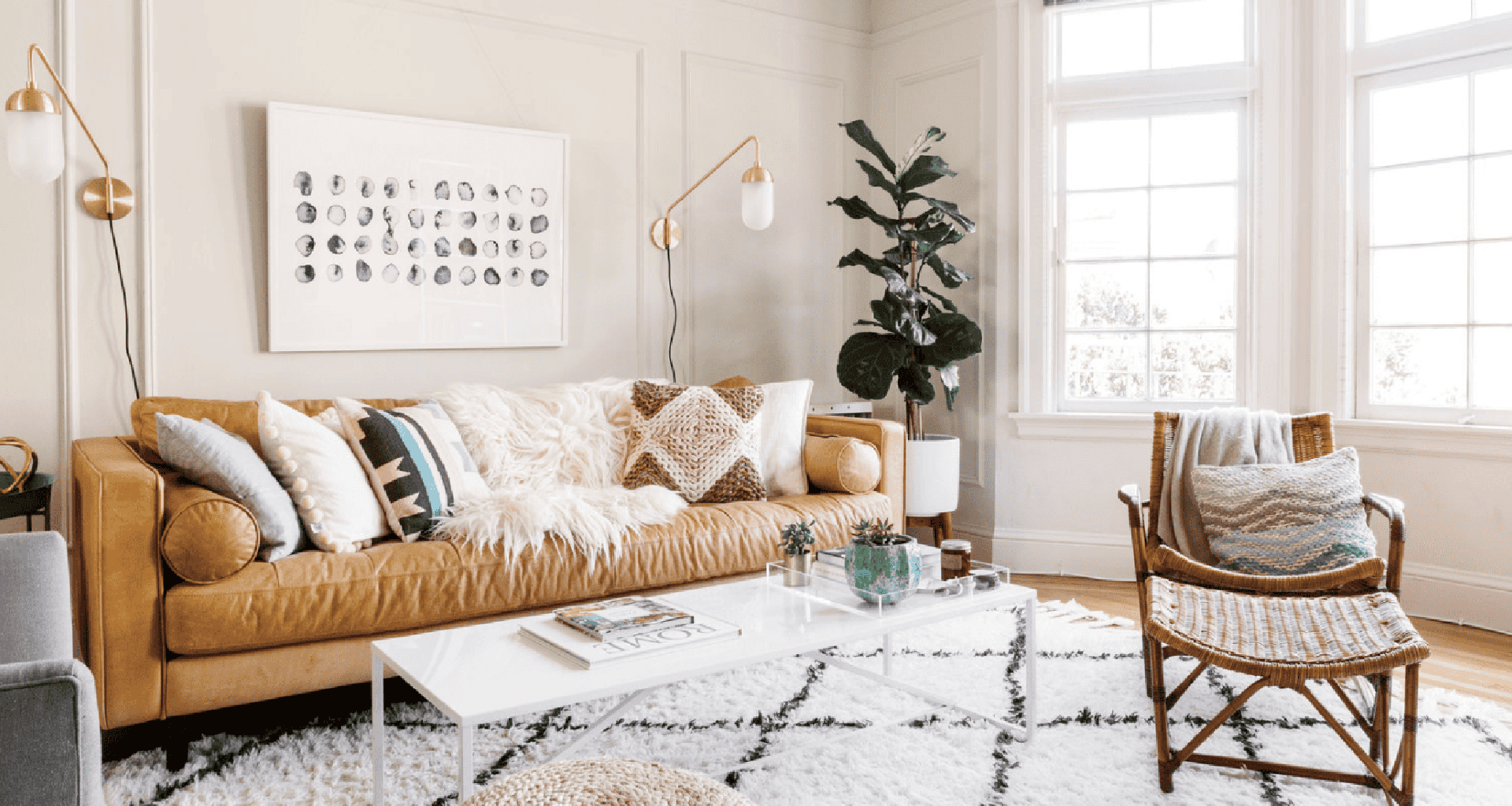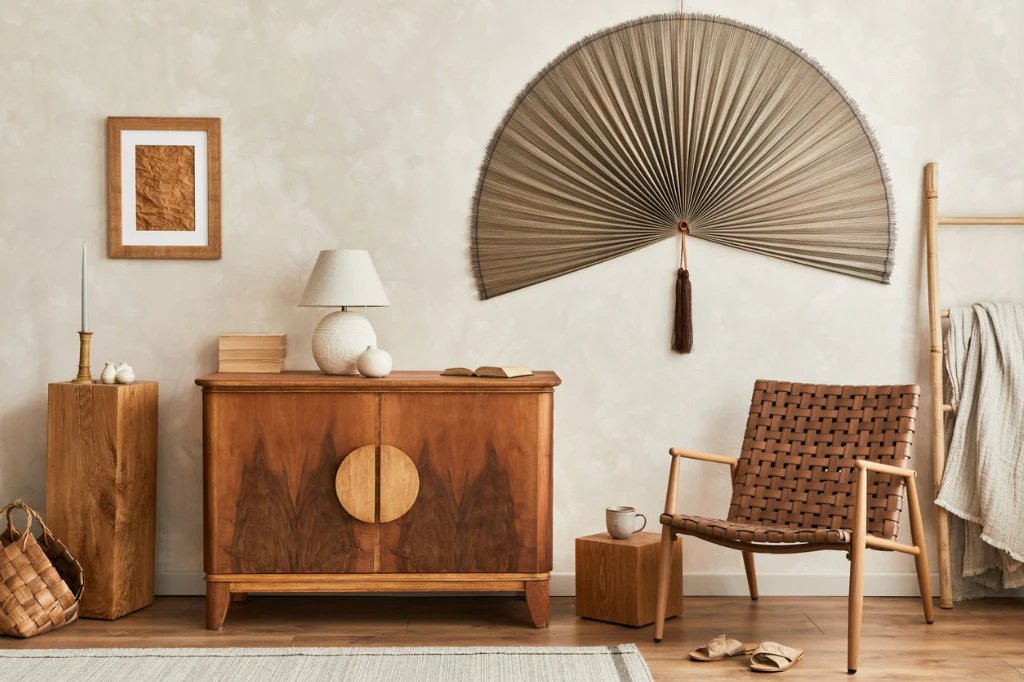Scandinavian Furniture 101: The Principles of Hygge and Minimalism
Scandinavian design has taken the world by storm, and it’s not hard to see why. With its clean lines, functional beauty, and emphasis on comfort, it’s the perfect style for modern living.
But what exactly makes Scandinavian furniture so special? And how can you bring its signature cosiness—known as *hygge*—into your home?
In this article, we’ll explore the key principles of Scandinavian design and share tips on how to incorporate it into your space.
What is Scandinavian Design?
Scandinavian design emerged in the mid-20th century in the Nordic countries of Denmark, Sweden, Norway, Finland, and Iceland.
It was born out of a need for practicality and affordability, combined with a deep appreciation for craftsmanship and nature. The result is a style that’s both timeless and deeply human-centred.
At its core, Scandinavian design is about creating spaces that are functional, beautiful, and inviting. It’s not just about how a room looks—it’s about how it *feels*. And that’s where *hygge* comes in.
The Role of Hygge in Scandinavian Design
*Hygge* (pronounced “hoo-gah”) is a Danish concept that roughly translates to a feeling of cosiness, comfort, and contentment.
It’s about creating a warm, welcoming atmosphere where you can relax and enjoy life’s simple pleasures. In Scandinavian design, *hygge* is achieved through a combination of natural materials, soft lighting, and thoughtful details.
Think of a cosy reading nook with a plush armchair, a soft blanket, and a warm cup of tea. Or a dining table set with candles, fresh flowers, and handmade ceramics. These are the kinds of moments that Scandinavian design aims to create.
Key Principles of Scandinavian Furniture
Scandinavian furniture is defined by a few key characteristics that make it instantly recognisable:
1. Simplicity and Minimalism
Scandinavian design is all about “less is more.” Furniture pieces are often sleek and uncluttered, with clean lines and a focus on functionality. Think of a simple wooden dining table or a streamlined sofa with tapered legs.
2. Natural Materials
Wood is the backbone of Scandinavian furniture, often in light tones like birch, ash, or pine. Other natural materials, such as leather, wool, and cotton, are also commonly used to add texture and warmth.
3. Neutral Colour Palettes
Scandinavian interiors are typically dominated by neutral colours like white, grey, and beige. These tones create a calm, airy feel and serve as a backdrop for pops of colour or pattern.
4. Functionality
Every piece of Scandinavian furniture is designed with a purpose. Storage solutions are cleverly integrated, and multi-functional furniture is common. For example, a coffee table might double as a storage unit, or a sofa might include a pull-out bed.
5. Light and Airy Spaces
Scandinavian design prioritises natural light, with large windows and minimal window treatments. Mirrors are often used to reflect light and make spaces feel larger.
How to Incorporate Scandinavian Furniture into Your Home
1. Start with a Neutral Base
Paint your walls white or light grey to create a bright, airy foundation. This will allow your furniture and decor to stand out without overwhelming the space.
2. Choose Light Wood Furniture
Opt for furniture made from light-toned woods, such as a birch dining table or an ash bookshelf. These pieces will add warmth without making the room feel heavy.
3. Add Texture with Textiles
Layer soft textiles like wool rugs, cotton throws, and linen cushions to create a cosy, inviting atmosphere. Stick to neutral tones or subtle patterns to maintain the minimalist aesthetic.
4. Incorporate Greenery
Plants are a staple of Scandinavian design, bringing life and freshness to a space. Choose low-maintenance varieties like snake plants, fiddle-leaf figs, or succulents.
5. Focus on Lighting
Lighting plays a crucial role in creating *hygge*. Use a mix of overhead lights, floor lamps, and table lamps to create a warm, layered glow. Candles are also a must for adding a touch of cosiness.
6. Keep It Clutter-Free
Scandinavian design thrives on simplicity, so keep your space tidy and organised. Invest in stylish storage solutions to keep everyday items out of sight.
7. Add Personal Touches
While Scandinavian design is minimalist, it’s not sterile. Incorporate personal touches like family photos, handmade ceramics, or a favourite piece of art to make the space feel uniquely yours.
Why Scandinavian Design Works in Modern Homes
Scandinavian furniture is incredibly versatile, making it a great fit for modern homes. Its clean lines and neutral palette allow it to blend seamlessly with other styles, from mid-century modern to industrial.
Plus, its focus on functionality and comfort makes it ideal for everyday living.
In a world that often feels fast-paced and chaotic, Scandinavian design offers a sense of calm and balance. It’s about creating a home that’s not only beautiful but also nurturing and restorative.
Final Thoughts
Scandinavian furniture is more than just a design trend—it’s a way of life. By embracing the principles of minimalism, functionality, and *hygge*, you can create a home that’s both stylish and deeply comforting.
Whether you’re starting from scratch or just adding a few key pieces, Scandinavian design has something to offer everyone.
At Sourced Wonders, we’re proud to offer a curated selection of Scandinavian-inspired furniture and homeware.
From sleek wooden tables to cosy wool throws, we’ve got everything you need to bring a touch of Nordic charm into your home. Why not start your Scandinavian journey today?



